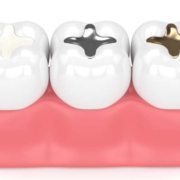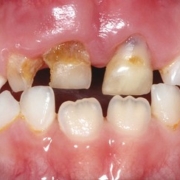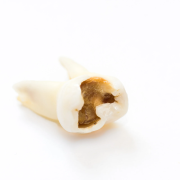Flossing: Why you should do it and How you should do it
Flossing is a form of interdental cleaning in which the debris in the area between two teeth is removed using a dental cord also known as dental floss. It is a habit that should be taken up as part of one’s oral care routine because of its importance. Toothbrushes are effective when cleaning tooth surfaces but due to their nature, they cannot effectively clean the area between teeth as this is usually small. Dental floss is small and flexible enough to remove interdental plaque without causing undue damage to the teeth or to the gum.
There are various types of floss on the market, for example, the string floss which has a long cord, or the floss picks that have a handle. The choice comes down to personal preference and ease. If you have braces or bridgework in your mouth you may need to use some special types of floss which are dental tape and super floss respectively. It is recommended that you floss your teeth before brushing them so that all the debris can be eliminated from your mouth after you finish brushing.
How do you floss?
The string floss is the more commonly used and so it will be our case study.
- Break off a piece of floss, about 20 inches long. Wind it around your middle fingers such that there is about 1 to 2 inches free.
- Hold the string tight with your thumb and forefingers.
- Place the floss between two teeth, gently gliding down the side of one and then switching to the side of the proximal tooth. Gently slide the floss up and down so you don’t bruise your gum.
- Gently remove the floss by pulling it out and then reorient it to clean the next tooth using a fresh segment.
- Rinse your mouth after and then brush your teeth.
Flossing takes a short period of time once it has been mastered and is invaluable in preventing interdental/proximal caries.











